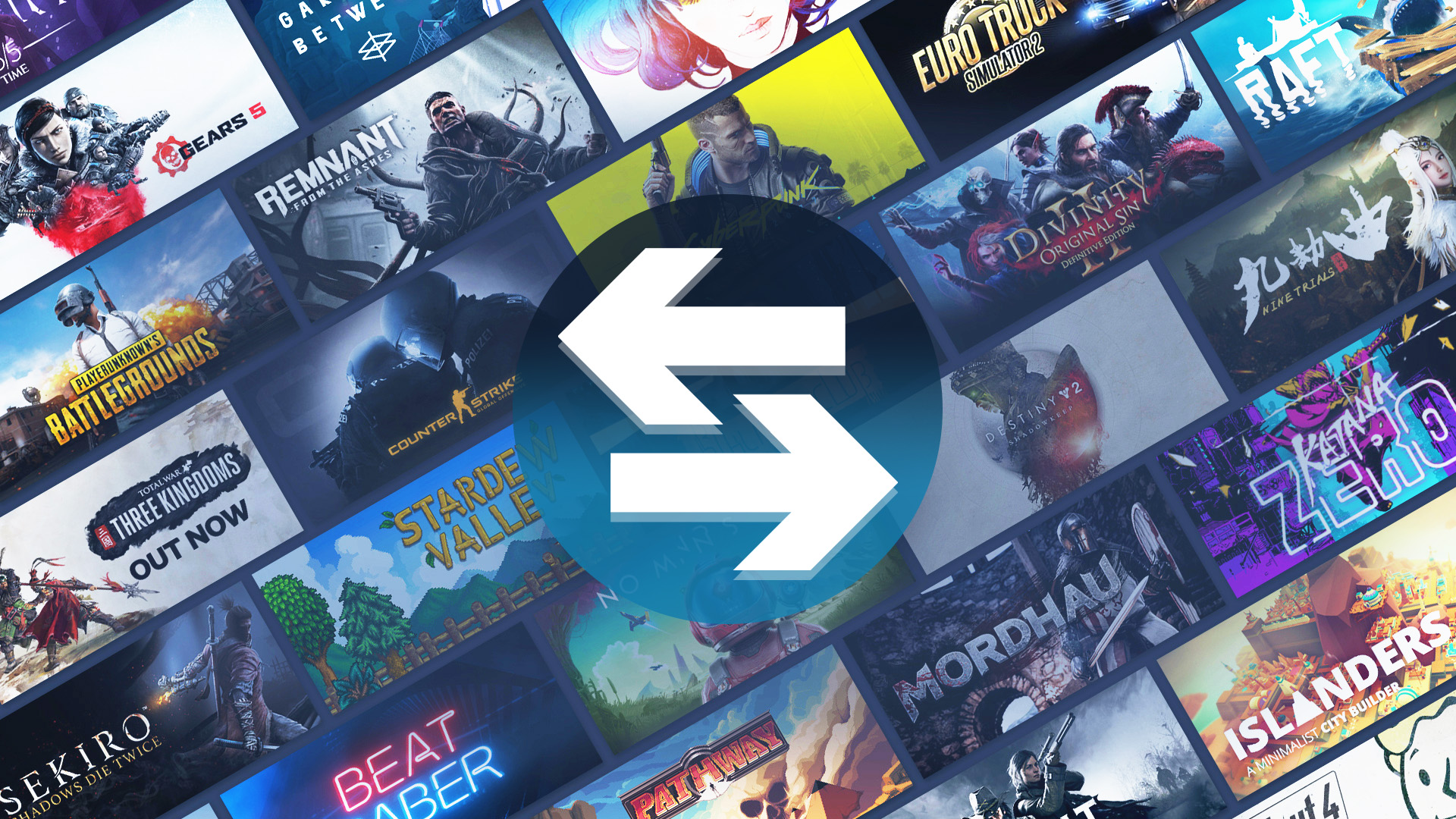Store-page traffic generation in Steam
- July 20, 2022
- 2:22 pm
Traffic drivers within Steam
The majority of traffic generated to your games’ store pages comes from within Steam itself. The platform has several mechanisms and promotional elements in place to engage users and get them to explore and ultimately, buy more games. We are talking about elements such as the “Daily deals”, “New and Trending” or “Special offers” widgets.
Showing up in these elements is a guarantee for games to generate more impressions and an almost guarantee for more visits to their store page and hence more sales, wishlists, and revenue. Given their relevance, we took a look at the performance of several game-featuring pages and elements to find out which of them are most successful in generating the desired impressions and visits, using click-through rate as the main KPI.
Same as in the Steam Data Suite app, traffic generated within Steam is distinguished between four themes, namely “Promotion”, “Organic”, “Highlight” and “Recommendation”. We consider “Promotional” traffic as generated from clearly promotional elements, such as the aforementioned “Special offers”, “New and Trending”, and “Daily Deals” widgets. These elements are all about promoting usually new, highly discounted games, which makes sense since discounting is the main driver behind sales in the Steam store. “Organic” store page traffic is generated by users organically searching and browsing through the platform and includes traffic from elements such as the “More like this” widgets, which show games based on previous search queries. “Highlight” traffic comes from elements highlighting games based on general relevance, such as the “Upcoming releases” and “Spotlight” widgets, whereas recommendation traffic is generated from elements based on users’ wishlist behavior and tags of games already in their library.
Traffic Performance
Most impressions were generated from the “New and Trending” tab on the store’s home page, with an average of around 1.900.000 total impressions per game and an average of 20422 visits to its store page, resulting in a click-through rate of roughly 1.1%. Not bad at all, considering users have to scroll a whole page first to get to the tab but also not that surprising: Games shown here are already trending, and the New & Trending tab is selected by default. The other tabs feature top sellers, what’s being played, and upcoming games.
The second most traffic comes from the tag pages. Games that are highlighted when users browse by tags generate an average of 447000 impressions, but those only resulted in an average of 1600 visits, resulting in a click-through rate of 0.37%. Games featured in the “New and Trending” tab on the tag pages performed much better, with an average of 414405 impressions generated, averaging 4400 visits, and a click-through rate of 1.05%.
Albeit not that many, the most valuable impressions were generated through the News Hub & Events elements. In our data set, 148 games were featured in such elements over the course of half a year, generating an average of 350 impressions which resulted in 200 visits. It’s fair to say that these are peanuts, but given the click-through rate of 62%, definitely worth mentioning.
Organic traffic from community hub pages also performed extremely well, with a click-through rate of an astounding 32%, based on an average of 334.000 impressions, resulting in 173.000 visits. While more than half of these impressions came from users already owning the game, the share of visits generated from said users was only around 17%. So community hub pages are able to drive considerable traffic from non-owners to games’ store pages, demonstrating the potential and importance of community engagement for traffic generation and recruiting new players.
Looking at overall theme performance, elements in the recommendation theme are best at driving users to store pages, with an average CTR of 3.4% based on 46 million impressions. This is slightly higher than elements in the organic theme, which have, on average, a CTR of 3.1%. Highlight elements are considerably less successful in generating store page traffic, with an average CTR of 2.5%, whereas promotion elements are merely able to generate one visit from 100 impressions, with a CTR of 0.97%.
Optimizing for elements in the organic theme can be tricky as it is not always clear why certain games have been selected. We advise focusing your optimization efforts on the recommendation theme. This entails aligning your tag compositions based on similarity to other games, including relevant keywords in the description as well as engaging with your games’ communities.
To learn more about these topics, check out our blog post about building Tag compositions as well as our best practices series on Short Descriptions, Long Descriptions, and Store Assets.
